![Prayuth Chan-ocha. By Government of Thailand ([1]) [CC-BY-SA-3.0 (http://creativecommons.org/licenses/by-sa/3.0)], via Wikimedia Commons](http://occupyworldwrites.org/wp-content/uploads/2014/05/Prayuth_Jan-ocha_2010-06-17_Cropped-256x300.jpg)
Prayuth Chan-ocha. By Government of Thailand ([1]) [CC-BY-SA-3.0 (http://creativecommons.org/licenses/by-sa/3.0)], via Wikimedia Commons
In January, MNgranny wrote about the citywide protest in Bangkok. At that time, the protests were supposed to last for 15 days, or until then-Prime Minister Yingluck Shinawatra resigned. Yingluk, while having broad support in the poorer, rural north, was thought as being a puppet of her brother Thaksin, who was overthrown in a military coup in 2006, by the middle-class and urban voters. They further claimed that the ruling party had been buying votes with irresponsible pledges.
Over the next few months, anti-government protesters occupied government buildings and disrupted the February elections. This came to a head a couple weeks ago, when Shinawatra was removed from power and indicted on corruption charges. MNgranny wrote about the removal of Yingluk Shinawatra and the corruption scandal in a post from May 9.
![Yingluck Shinawatra. By Gerd Seidel (Rob Irgendwer) (Own work) [CC-BY-SA-3.0 (http://creativecommons.org/licenses/by-sa/3.0)], via Wikimedia Commons](http://occupyworldwrites.org/wp-content/uploads/2014/05/512px-9153ri-Yingluck_Shinawatra-199x300.jpg)
Yingluck Shinawatra. By Gerd Seidel (Rob Irgendwer) (Own work) [CC-BY-SA-3.0 (http://creativecommons.org/licenses/by-sa/3.0)], via Wikimedia Commons
The anti-Shinawatra faction wants an unelected interim government to implement reforms and remove the Shinawatra family permanently from Thai politics. The Shinawatra supporters are OK with martial law for the time being, but won’t tolerate a coup, and call the other faction’s proposal unconstitutional.
In a press conference yesterday, Prayuth Chan-ocha was less than transparent about the military’s next steps. When asked if a coup was being planned, he answered: “That’s a question that no one is going to answer.” And, when asked whether the army was in contact with the government, he replied: “Where is the government right now? Where are they now? I don’t know.”
The Thai military is no stranger into taking things into their own hands. Since the absolute monarchy fell in 1932, the military has attempted a coup 18 times, with eleven of the attempts being successful. If yesterday’s declaring of martial law becomes a full fledged coup attempt, it will make a total of 19 in the last 80+ years; more than any other country in the world.
So what happens next? The military’s widely thought to support the anti-government faction, but the anti-government faction’s saying that elections won’t fix anything at the present time. Meanwhile, the Thai stock market and it’s currency have been dropping since the announcement. Whatever happens, it’s going to be messy.


![Lisa Monaco. By United States Department of Justice [Public domain], via Wikimedia Commons](http://occupyworldwrites.org/wp-content/uploads/2014/05/Lisa_Monaco_-DOJ_Portrait-.jpg)

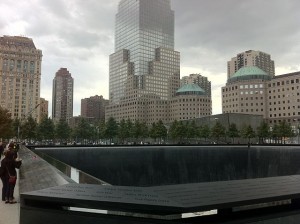
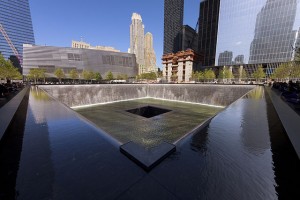
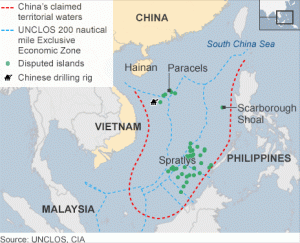
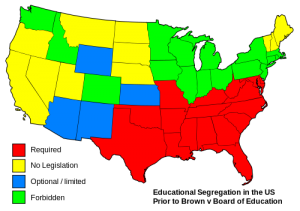
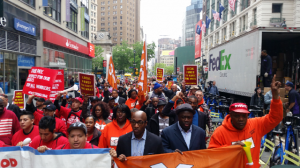

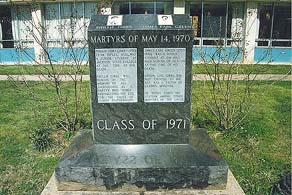

![Image by Mikenorton (Own work) [CC-BY-SA-3.0 (http://creativecommons.org/licenses/by-sa/3.0)], via Wikimedia Commons](http://occupyworldwrites.org/wp-content/uploads/2014/01/1024px-HydroFrac-300x175.png)
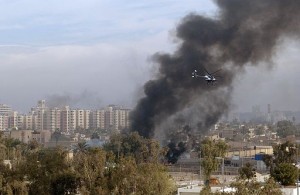
![Marco Rubio. By C-SPAN (C-SPAN HD) [Public domain], via Wikimedia Commons](http://occupyworldwrites.org/wp-content/uploads/2014/05/Marco_Rubio_water_bottle-300x206.jpg)